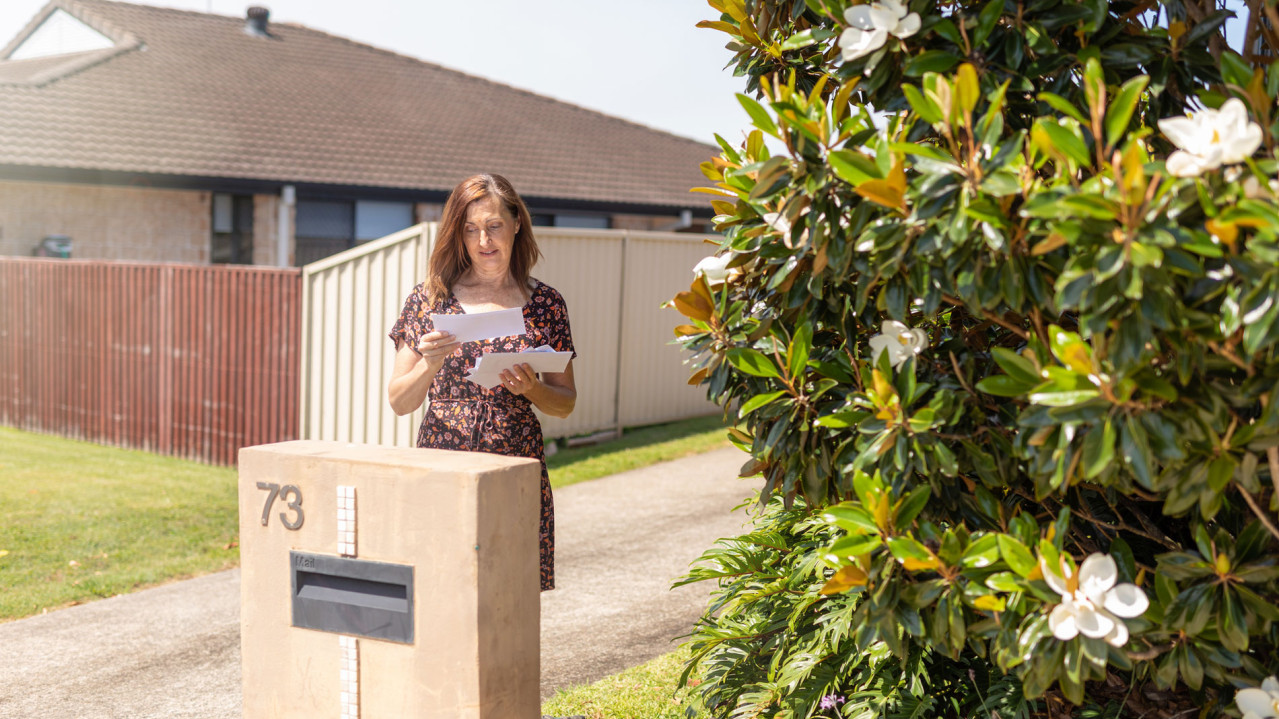
Falling FiTs: Why Home Batteries Are Key to Solar Savings
Wherever you live in Australia, solar feed-in tariffs (FiTs) are getting lower by the year. This trend of increasingly lower returns on solar is making Australian homeowners – both those with solar and those who are yet to invest – question whether sending electricity back into the grid is worth it anymore. While it’s true that solar feed-in tariffs are falling, there are many misconceptions about home solar and how it can be used to save money on the energy your household requires.
Households are getting lower returns on the solar they send to the grid because solar feed-in tariffs have dropped year-on-year since residential solar first entered the Australian market in 2009. At this time, solar feed-in tariffs were higher to encourage solar adoption because, back then, residential solar systems were more expensive – 3 to 4 times higher – than they are now in 2023.
Combined with a range of state and federal government schemes and up-front grants, high solar feed-in tariffs were introduced as an incentive to encourage homeowners to invest in solar systems. While feed-in tariffs are now much lower, homeowners today pay far less upfront and also benefit from design and manufacturing advancements that make modern systems more efficient, durable and cost-effective to maintain than older systems.
Falling solar feed-in tariffs – what’s causing it?
There are several reasons why solar feed-in tariffs are much lower today than in 2009 when they were first introduced. Along with high feed-in tariffs being used as a highly successful incentive for residential solar adoption across the country – especially in New South Wales where the state scheme’s first target milestone was achieved two years ahead of time – wholesale electricity pricing has played a significant role. This is because the market has continued to sustain lower wholesale electricity prices, and lower wholesale prices tend to lead to reduced solar feed-in tariffs for customers.
What’s more, decision-making at a state government level has also contributed significantly to the lower feed-in tariffs that homeowners now receive for the power they send back to the grid. For example, in South Australia, the state's Essential Service Commission (ESCOSA) put in place a minimum feed-in rate until 2017, after which, energy companies could determine their own rates. The market’s increased capacity for renewables has driven down the value of rooftop solar energy, resulting in lower feed-in tariffs, but the ending of the minimum tariff has made the market more competitive and helped homeowners get a more competitive rate than under a regulated scheme.
Another reason why solar feed-in tariffs are falling is simply due to the successful uptake in home solar system adoption nationwide – which was hugely incentivised by high solar feed-in tariffs in the first place. The more residential solar panels installed across Australia, the more excess electricity available to export back into the grid and that will continue to see wholesale electricity prices fall, a trend that will further continue as more renewable energy enters the market.
However, that doesn’t mean Australian homeowners aren’t incentivised to invest in residential solar – alongside the obvious environmental advantages, now the main benefit of home solar is avoiding retail charges, a trend that’s increasing interest in solar battery storage. Combined with the home battery schemes and rebates that provide subsidies or interest-free loans to households intending to install solar batteries, it’s easy to see why solar battery storage is so appealing to homeowners. As such, residential rooftop solar continues to offer significant benefits as energy prices rise – but households will benefit more from having a solar battery that enables the storage of excess energy during the day for use at night.
Home solar battery storage – where solar savings begins
Delivering lower energy bills, the potential for energy independence and environmental benefits for us all, home battery storage is the long-term solution to minimising exposure to rising energy costs and, ultimately, achieving energy independence. The price of solar batteries is increasingly more affordable to Australians and premium home battery products, like the sonnenBatterie Evo, offer an extensive range of benefits, including:
- Reducing exposure to rising energy prices
Energy prices are expected to continue to rise as a range of factors, including rising coal and gas prices, result in increased wholesale energy prices on the Australian domestic market. Installing a home battery system is a viable way to reduce your household’s exposure to escalating energy rates.
- Helping to reduce emissions from fossil fuels
Reducing your household’s reliance on grid electricity with a home battery storage system is one of the most effective ways to reduce emissions from fossil fuels and reduce your carbon footprint.
- Providing emergency power during blackouts
Some home batteries, like sonnenBatterie Evo and sonnenBatterie Hybrid with sonnenProtect, switch from grid to backup operation when the grid fails and generate emergency electricity during power outages.during power outages. With energy uncertainty on the rise, it’s little wonder solar batteries with blackout protection are rapidly gaining popularity.
- Increasing property value
As energy efficiency upgrades can boost home values, properties with battery storage systems may get higher prices and sell faster than comparable properties with solar. This is repeatedly confirmed by market trends and values and is primarily due to the potential for homebuyers to save even more on their household energy costs.
Making your home battery purchase more cost-effective
Starting by researching the products on the market and any state or federal home battery schemes that you may be eligible to take advantage of, there are a number of ways to make a home battery more affordable and maximise the returns your investment delivers over the long term. After all, like any product, quality varies, so not all batteries are created equal. Be sure to look into the following to make sure you get the best value from your investment in rooftop solar and a home battery storage system:
- Assess your home’s rooftop solar potential
Taking factors like house/roof orientation and local climate into account, work out your home’s estimated total potential for rooftop solar and battery storage. When you understand the annual energy output potential, you can then evaluate the potential savings a home battery can deliver. Your local solar retailer or installer can help you with this.
- Assess your household’s energy needs
Most homeowners buy a battery to significantly reduce – if not outright eliminate – their need for grid electricity, so assess your electricity needs to understand the size you need. The size of the battery also depends on night time usage and the ability to fill it from excess solar.
- Buy a high-quality battery from a premium manufacturer
With so many products on the market, you have an increasing number of options. However, as not all batteries are created equal and some are far superior to others, be sure to invest in a quality product. While sonnen batteries are a premium product that, as many reviews point out, justify the premium price tag, they’re still more affordable and cost-effective than many similar products on the market.
- Choose a reputable installer (sonnen preferred installer)
When you purchase a premium product, have it installed by a quality, accredited installer who can be relied on to do the job properly, which is a sonnen preferred installer if you’re investing in a sonnenBatterie Hybrid or sonnenBatterie Evo. Solar battery installers should be accredited by the Clean Energy Council (CEC), which you can find out by checking on the CEC website. Also, be sure to compare comprehensive quotes (with price breakdowns) from at least several installers to ensure you’re getting the best deal.
If you’re ready to start exploring your energy-saving potential, sonnen’s easy-to-use solar battery calculator can help you estimate your potential savings on electricity each year with solar battery storage. Just answer a few simple questions about your typical household energy usage and where you live to get an immediate estimation on the potential solar savings. Join the thousands of Australian households who’ve opened the door to a more cost-effective and energy-independent future with a solar battery by starting your journey to energy independence here.







